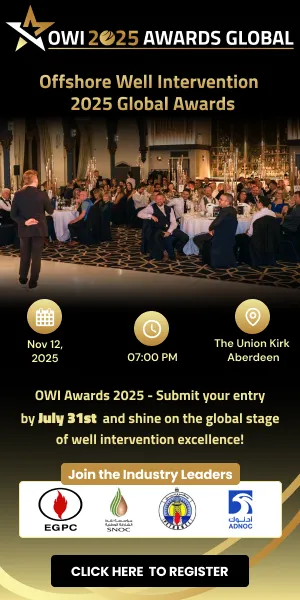
The Oman Net Zero centre will progress the country's net-zero objectives. (Image source: Adobe Stock)
Oman has established the Oman Net Zero Centre, which will support the Sultanate in achieving its net-zero by 2050 goals
The centre will develop and refine net-zero strategies, collaborating with relevant authorities to ensure alignment with national objectives; progress and monitor the implementation of zero neutrality projects, including energy efficiency projects; and provide technical support to government and private agencies.
The Centre will adopt programmes and plans to achieve the goals across various sectors, in addition to following up on the implementation of supporting projects and initiatives, addressing the challenges they may face, and submitting the necessary periodic reports. It will also be responsible for developing and updating the national plan for enhancing energy consumption efficiency, monitoring its implementation across various sectors, evaluating energy consumption levels in approved projects, and proposing necessary improvements in coordination with relevant authorities.
Technical support
As part of its responsibilities, the Centre will work to provide technical support and advice to various entities to reduce carbon emissions and raise energy use efficiency. It will also promote the adoption of the latest international practices and technologies, while supporting scientific research, innovation, and developing national capabilities.
It will also manage requests for carbon, hydrogen, and low-carbon product certifications, ultimately issuing certificates in coordination with the Ministry of Finance and the Environment Authority. The Center will also oversee the registration and approval of requests for carbon certificate trading at the domestic level, ensuring alignment with international carbon credit frameworks.
Maintaining and updating a comprehensive inventory of carbon emissions from various sources will be another area of its activities, along with efforts to promote public awareness and community engagement.
The move follows the acceleration of Oman’s carbon reduction efforts with the launch in November of the Net 3 initiatives of the National Net Zero Program, a new package of projects and initiatives in sectors including energy, industry, cities, transport and buildings.
Oman has made considerable strides towards achieving its net-zero objectives. In the energy sector for example, Oman has made substantial progress in developing its renewable energy and hydrogen sectors, capitalising on its renewable resources and vast tracts of available land. According to the IEA, Oman is set to be a competitive low-emissions hydrogen supplier by the end of the decade, with the aim of producing 1mn tonnes of green hydrogen by 2030, and a number of major projects are being progressed. It could be the Middle East’s largest hydrogen exporter by then, according to the energy agency.








